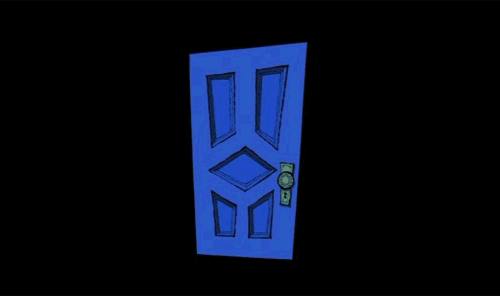I am so sorry for the radio silence. I have been running from thing to thing the last few weeks, with a number of deadlines that I have been shoving to the back to the proverbial closet for ages finally springing out, demanding that I attend to them at long last.
This week, I had the deep honor to be at an amazing gathering of incredible abortion justic…
Keep reading with a 7-day free trial
Subscribe to Life is a Sacred Text to keep reading this post and get 7 days of free access to the full post archives.




